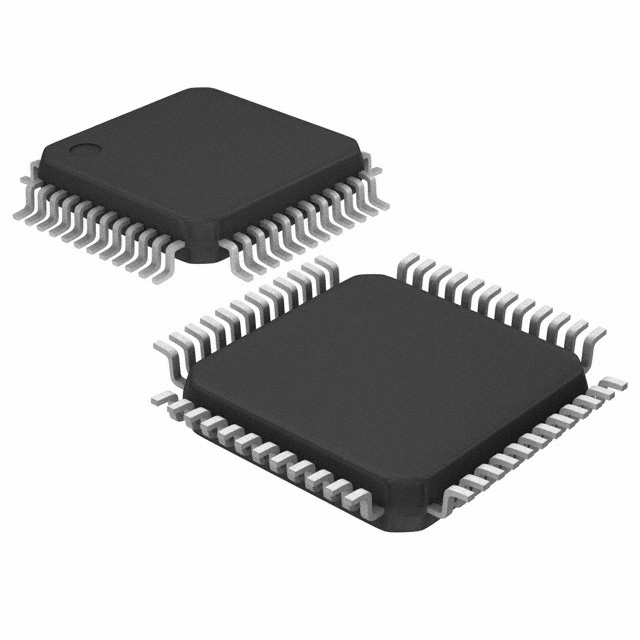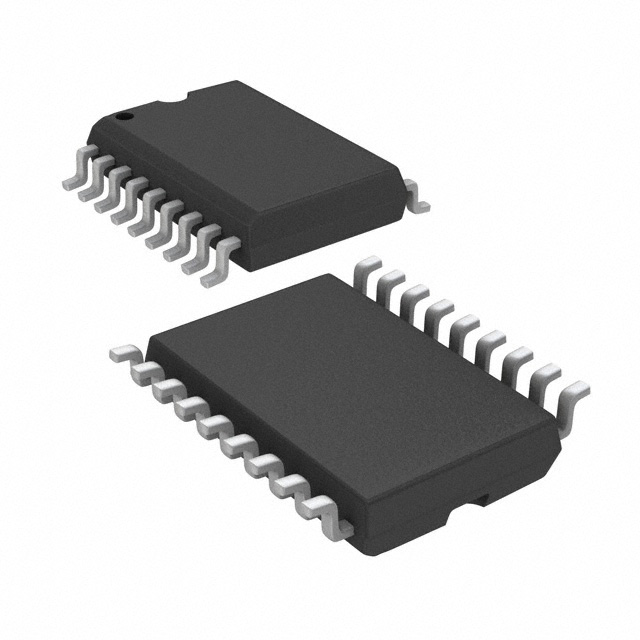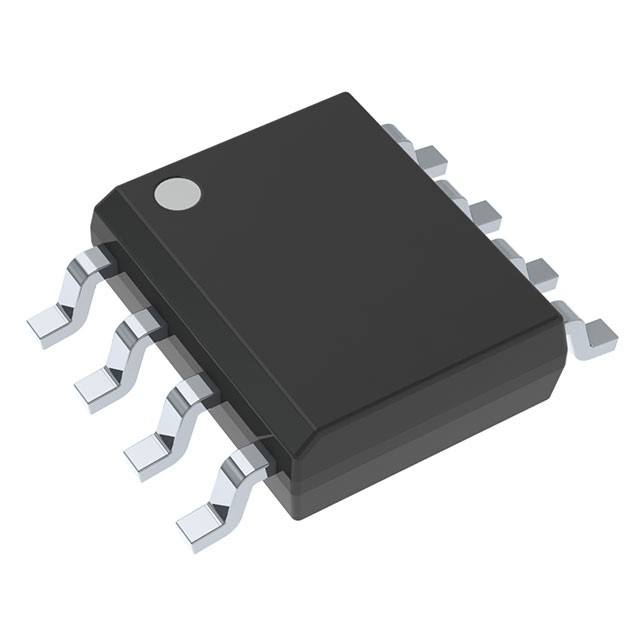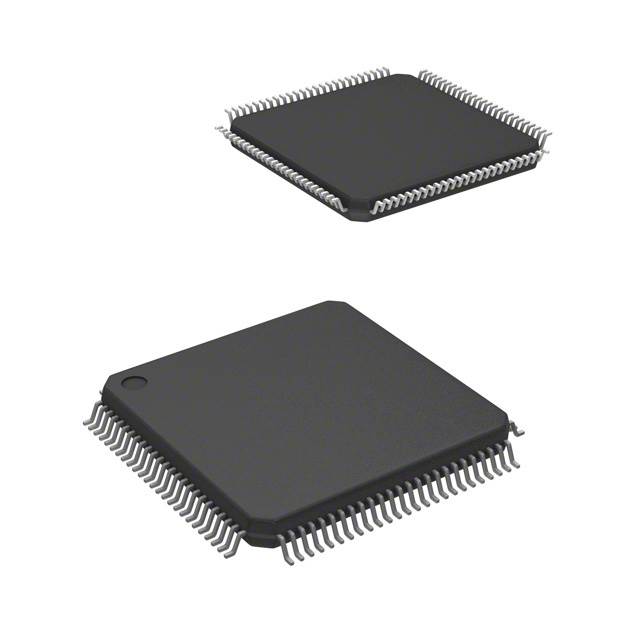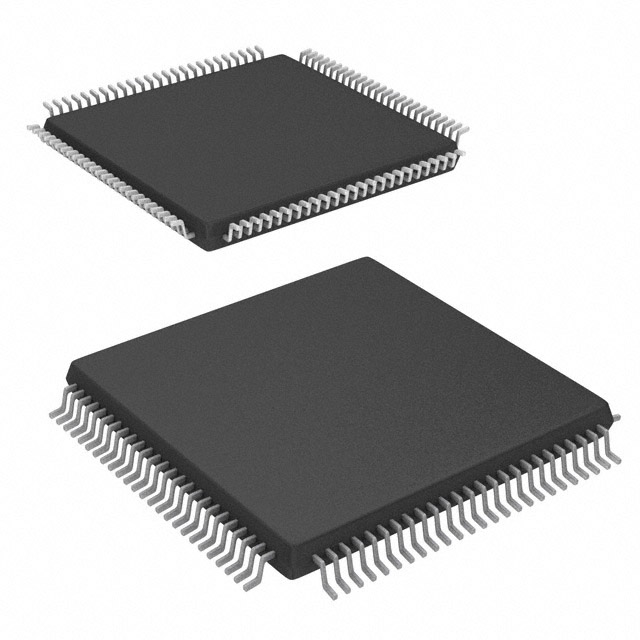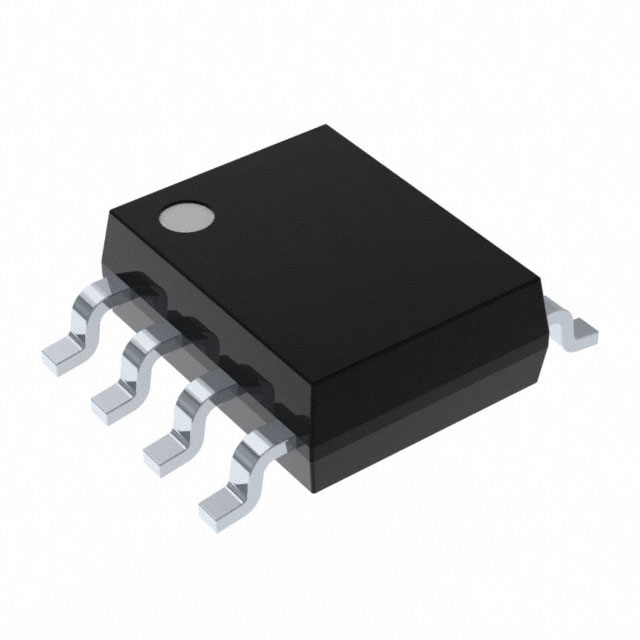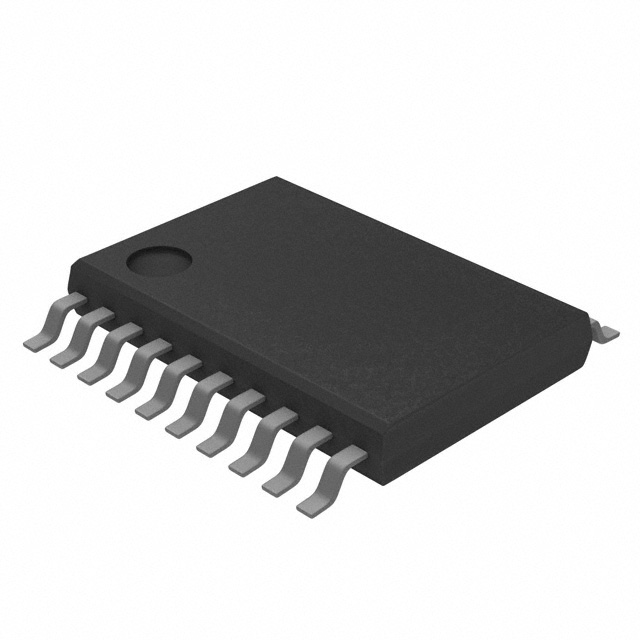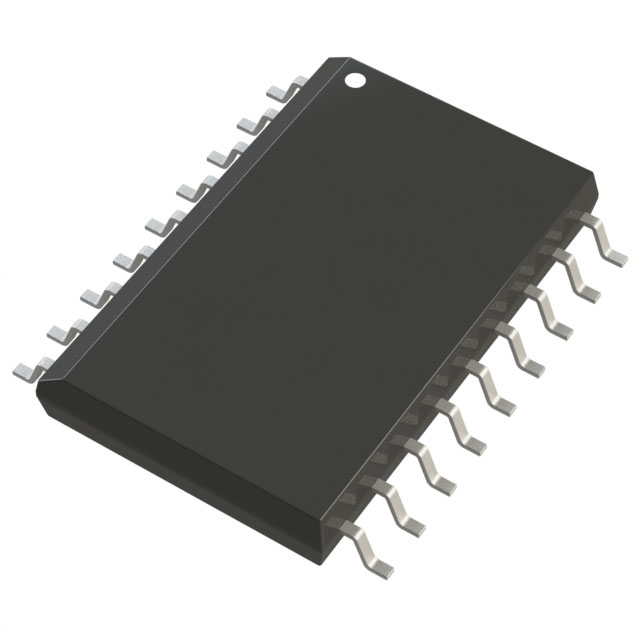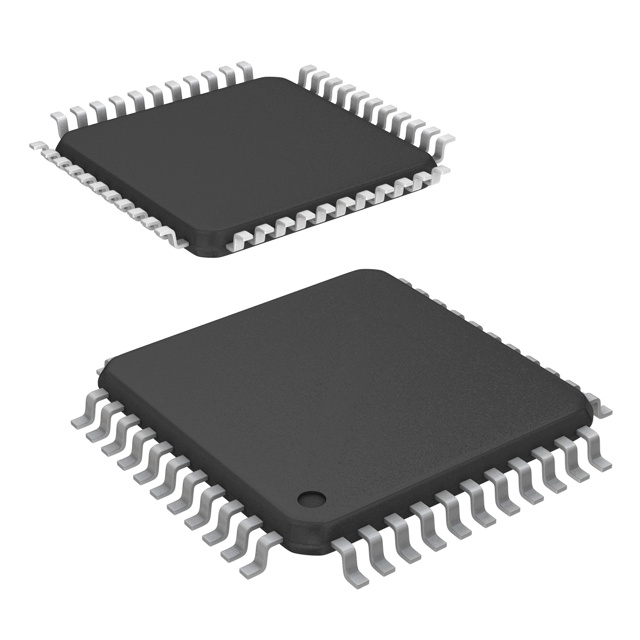

Spherical Glass Lenses: A Comprehensive Overview
Catalog
DescriptionFeaturesTypesApplicationsKey Differences Between Spherical and Aspherical LensesOptical Components: Aspherical Glass Lenses in PanasonicConclusionFrequently Ask QuestionsRelated ArticlesDescription
Optical Components' Spherical Glass Lenses are fundamental optical elements crafted from transparent glass materials. They feature spherical surfaces that refract light, enabling them to focus or diverge light rays. These lenses play a crucial role in various optical systems, serving as the building blocks for many applications.
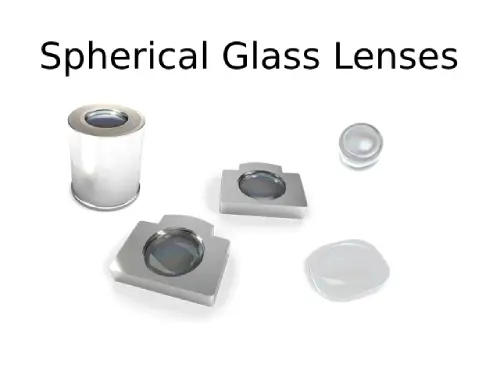
Spherical Glass Lenses
Features
- High Transparency: Made from high-quality optical glass, ensuring minimal light absorption and high transmission efficiency.
- Excellent Optical Performance: Possess low dispersion, low chromatic aberration, and high refractive index, contributing to superior imaging quality.
- Stability: Chemically stable and resistant to environmental changes, making them suitable for long-term use in various conditions.
- Precision: Manufactured with high precision, ensuring accurate focal lengths and minimal optical aberrations.
Types
- Biconvex Lenses: Both surfaces are convex, used for focusing light to a point.
- Plano-Convex Lenses: One surface is flat and the other is convex, suitable for a wide range of conjugate ratios.
- Biconcave Lenses: Both surfaces are concave, used for diverging light.
- Plano-Concave Lenses: One surface is flat and the other is concave, ideal for applications requiring a larger divergence of light.
- Meniscus Lenses: Have one convex and one concave surface, can be used to increase the numerical aperture of an optical system without introducing significant spherical aberrations.
Applications
- Imaging Systems: Used in cameras, microscopes, and telescopes to produce clear and sharp images.
- Laser Systems: Employed in laser cutting, welding, and marking equipment to focus laser beams to a precise point.
- Medical Devices: Found in endoscopes and ophthalmic surgery equipment, providing clear visuals and precise operating space for medical professionals.
- Illumination: Used in automotive headlights and projectors to direct and focus light, enhancing visibility and clarity.
- Optical Instruments: Integral to spectrometers and other analytical instruments for precise light manipulation and measurement.
Key Differences Between Spherical and Aspherical Lenses
| Spherical Lenses | Aspherical Lenses | |
|---|---|---|
| Advantages | 1.Cheaper 2. Can be produced in larger batches | 1.Slimmer design 2. It can fit into virtually any frame 3. Custom-made with aesthetic curve to match the frame |
| Disadvantages | 1. Bulky, thick, too curved or too flat in high prescriptions 2.Lenses and frame-frame combinations are limited | 1.Higher cost 2.Longer manufacturing time |
When it comes to lens types, besides the basic shapes, there are a few other important differences that could help you decide which one to pick.
Gray or Black Lenses
Gray or black is probably the most common color for sunglass lenses. They work great for both sunny and cloudy days, giving you clear vision. Colors will look the most natural through a gray-tinted lens, and they also offer the best glare protection. If you’re looking for an everyday tint, gray is a solid choice.
Production and Cost
Spherical lenses can be made in large batches, which makes them easier to produce. Aspherical lenses, on the other hand, are made one by one using special machines. This process gives you a more precise lens, but it also makes aspherical lenses more expensive than spherical ones.
Style and Appeal
Spherical lenses tend to be thicker because they’re more rounded. This gives them a bit of a "Coke bottle" look. Aspherical lenses are thinner and have a less obvious profile, which is why they’re often considered more stylish. But if you need a multifocal prescription, like progressive lenses or no-line bifocals, you might not have a choice.
Strength and Power
Stronger prescriptions used to mean thicker lenses. But with aspherical lenses, you can get the same level of correction without the extra thickness. Both lens types give you clear focus, but aspherical lenses tend to perform a bit better without the bulk.
Spheric Lenses: Pros & Cons
Pros
- Cheaper to make
- Can be produced in large batches
Cons
- Bulky, thick, and too curved or flat for high prescriptions
- Limited combinations of lenses and frames
Aspheric Lenses: Pros & Cons
Pros
- Slimmer design with less bulk
- Fits into almost any frame, even with high prescriptions
- Custom-made to match the frame with a nice curve
Cons
- Higher cost to make and buy
- Takes longer and is more complex to produce
Optical Components: Aspherical Glass Lenses in Panasonic
JMChip is excited to introduce a new range of optical components with the EYL-G Series Aspherical Glass Lenses in Panasonic.
Key Features:
- High Numerical Aperture for More Light
- Short Focal Length & Compact Size
- Top-Notch Processing & Precision Manufacturing
- Wide Temp & Humidity Range
- RoHS & REACH Compliant
The EYL-G Series lenses are made with a high numerical aperture and a short focal length for a smaller, more compact design. They also offer a wide temperature and humidity range, making them more reliable and stable. Thanks to Panasonic’s high-quality manufacturing and measurement techniques, the optical properties are more consistent with less variation.
We offer bare and barrel holder options, and we can even provide custom designs!
Industries & Applications:
- Optical Communications
- Laser Diodes (LD)
- A/V Equipment
- Printers
- Cameras
Application Examples:
- Optical Data Transmission Coupling
- Laser Diode Applications
- DVD Players
- Laser Beam Printers
- Digital Cameras & Monitoring
Conclusion
Spherical glass lenses are indispensable in the field of optics. Their unique features and diverse types make them suitable for a wide array of applications. From capturing images in cameras to enabling precise medical procedures, these lenses continue to be a cornerstone of optical technology, driving advancements and innovations in various industries.
Frequently Ask Questions
Are Spherical Lenses Better?
Spherical lenses are great for simpler, budget-friendly applications, while aspheric lenses shine when it comes to high-precision optical performance.
What Are Spherical Lenses For?
Spherical lenses, or singlets, are optical lenses with curved surfaces that either bring light rays together or spread them apart. They’re commonly used in imaging and photography.
What’s the Best Type of Spherical Lens?
The "Best Form" spherical lenses are double-convex (DCX) lenses, with asymmetrical faces designed to create the smallest possible spot size. These lenses have 10-5 surface quality and are made using UV Fused Silica. They’re a great alternative to laser-grade aspheric lenses.
Who Needs Spherical Lenses?
These lenses are typically used to correct hypermetropic (farsighted) refractive errors. They’re found in cameras, projectors, magnifying glasses, and more.
What Eye Defect Uses a Spherical Lens?
Spherical lenses are used to correct common eye defects like:
- Myopia (nearsightedness)
- Hypermetropia (farsightedness)
- Presbyopia (age-related farsightedness)
Related Articles
Introduction to HDMI Connectors
A Complete Guide to Fiber Optic Connectors
Audio Connectors:Description,Types and Applications
Introduction to Board-to-Board Connectors
Active Optical Connectors: Features, Types, and Applications
Subscribe to JMChip Electronics !



